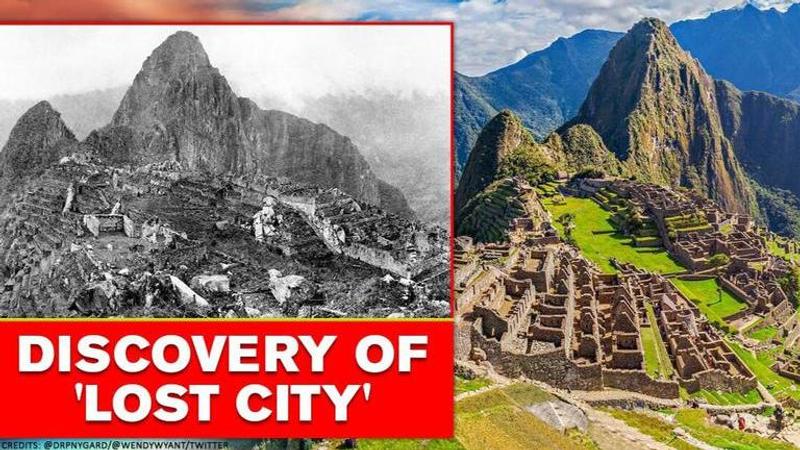Published 16:25 IST, July 24th 2020
Machu Picchu was discovered on this day in 1911, know more about the ‘lost city’
Hiram Bingham, an American archaeologist, on July 24, 1911, discovered the ruins of Machu Picchu, which was named as one of the new seven wonders of the world.

Hiram Bingham, an American archaeologist and a politician, on July 24, 1911, discovered the ruins of Machu Picchu, which was named as one of the new seven wonders of the world in 2007. An ancient Inca settlement in Peru that is now one of the world’s top tourist destinations, was discovered when Bingham arrived with a small team of explorers to search for the famous ‘lost’ cities of the Incas. According to anecdotes, the explorer chopped his way through thick jungle, crawled across a bridge of slender logs bound together with vines and crept through underbrush hiding venomous fer-de-lance pit vipers to discover the hidden city.
On reaching the site, Bingham saw a dramatic and towering citadel stone cut from escarpments. Fashioned by men without mortar, the structure had stones fit so tightly together that not even a knife’s blade could fit between them. While the American archaeologist discovered the ‘lost’ city in 1911, his discovery was published in 1913. Bingham brought the mountaintop citadel to the world’s attention on this very day.
As per anecdotes, Machu Picchu is beloved to have been a summer retreat for Inca leaders, whose civilisation was virtually wiped out by Spanish invaders in the 16th century. For hundreds of years, its existence was a secret known only to the people living in the region, however, Bingham’s discovery changed it all in the summer of 1911. Bingham had found Vilcabamba, the so-called Lost City of the Inca where the last of the independent Inca rulers waged a years-long battle against Spanish conquistadors.
Birthplace of Inca’s forefathers
The archaeologist theorised that Machu Picchu had served as a convent of sorts where chosen women from the Inca realm were trained to serve the Inca leader and his coterie. He found over a hundred of skeletons at the site and beloved that roughly 75 per cent of them were female. Furthermore, he also believed that the ‘hidden’ city was the mythical Tampu-Tocco, the birthplace of the Inca forefathers.
The site stretches an impressive five miles, with over 3,000 steps linking to its many different levels. As of today, over 300,000 people tramp through Machu Picchu every year just to see the sunset over the towering stone monuments of the ‘Sacred City’. The hidden city is a mysterious splendour of one of the world’s most famous manmade wonders.
Updated 16:25 IST, July 24th 2020




